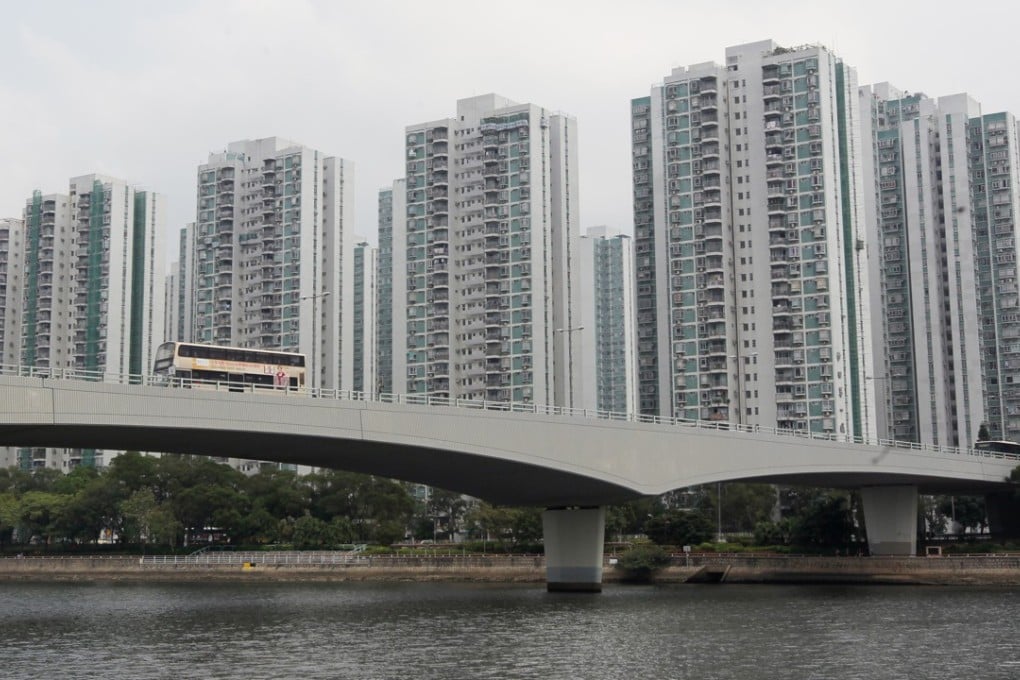Concrete Analysis | Will public-private partnership approach solve housing shortage in Hong Kong?

With land shortage plaguing Hong Kong, the Task Force on Land Supply launched a five-month public consultation to tackle the issue in late April. One of the options proposed by the Task Force is to adopt a public-private partnership (PPP) approach to release nearly 1,000 hectares of undeveloped private agricultural land in the New Territories.
The PPP approach is aimed at increasing the efficiency of housing development through collaboration between the government and private companies. It offers a number of advantages such as speeding up construction, which in turn, results in greater building efficiency through the benefits of economies of scale.
PPP is not new to Hong Kong. One example being the development of Sha Tin in the 1970s, which was built under the collaboration of four developers holding the full responsibility for reclamation, formation and construction for a 56-hectare site. This enabled a new town city to be established steadily under the appropriate supervision.
However, views vary on the effectiveness of the PPP approach on the use of agricultural land. Many critics are concerned that the approach will lead to collusion between the government and private developers, with completed private residential flats being sold at exorbitant prices – thus only serving to benefit the developers.

It is therefore necessary to increase the transparency in PPP projects to minimise the public’s concern over collusion and demonstrate the realisation of the rule of law, and most importantly, increase the supply of housing units in Hong Kong.
The PPP has been commonly used overseas for more than four decades now. Through legislative reform and regulatory measures, the British government set up a task force – Infrastructure and Projects Authority – to accelerate the process of public-private partnership projects.

